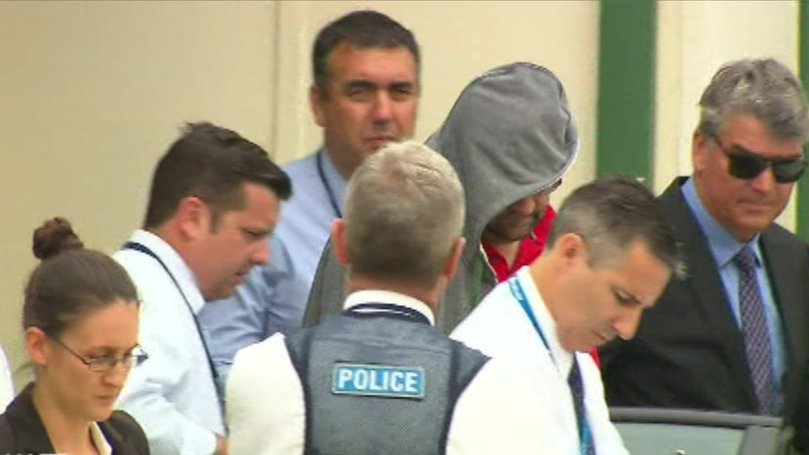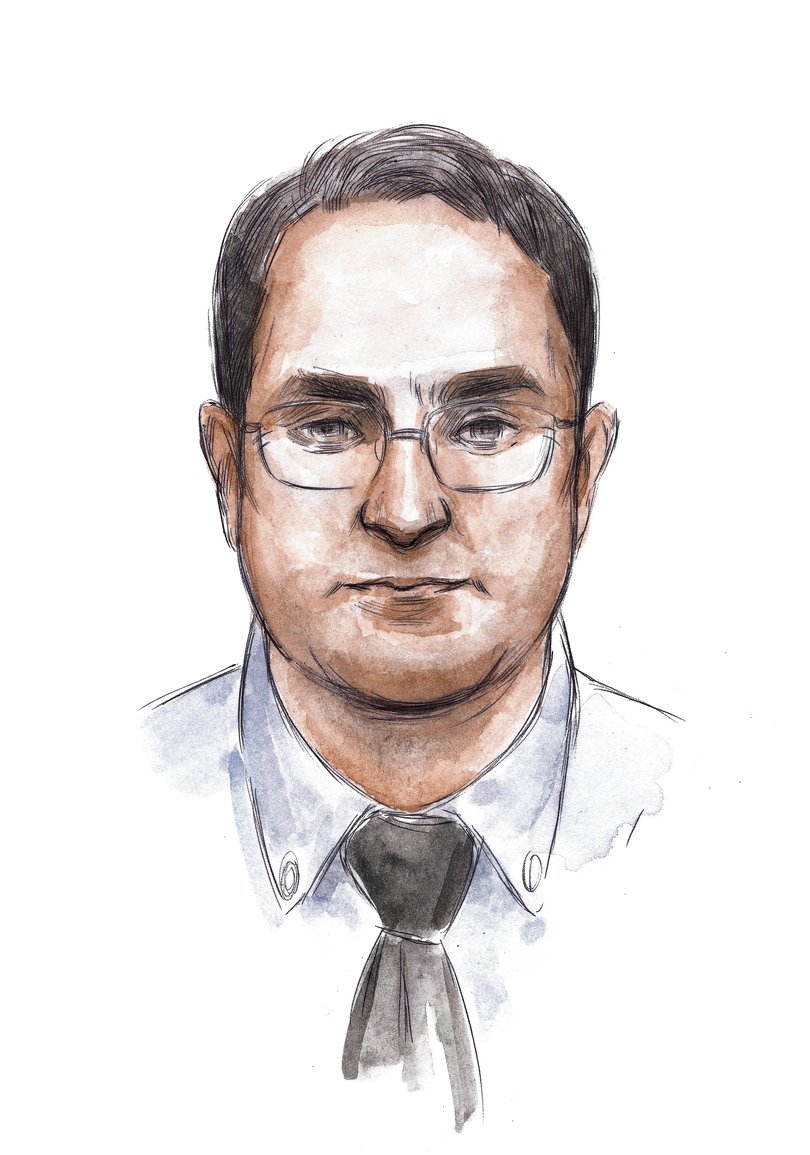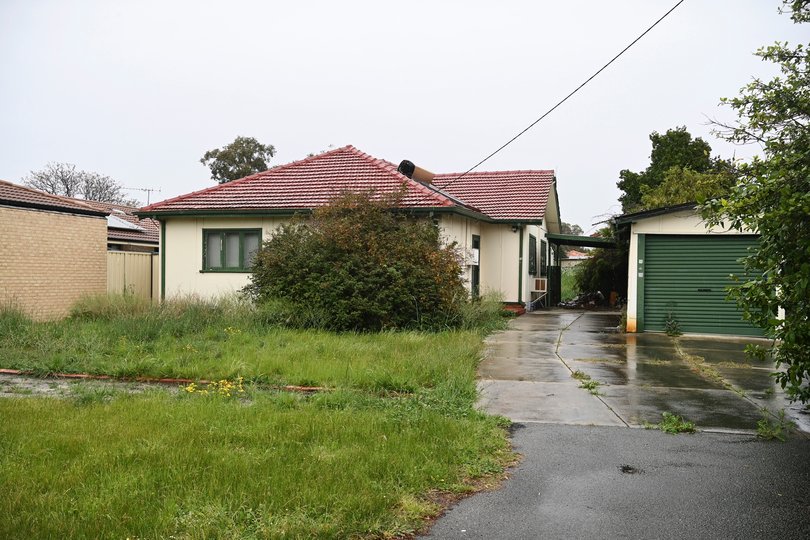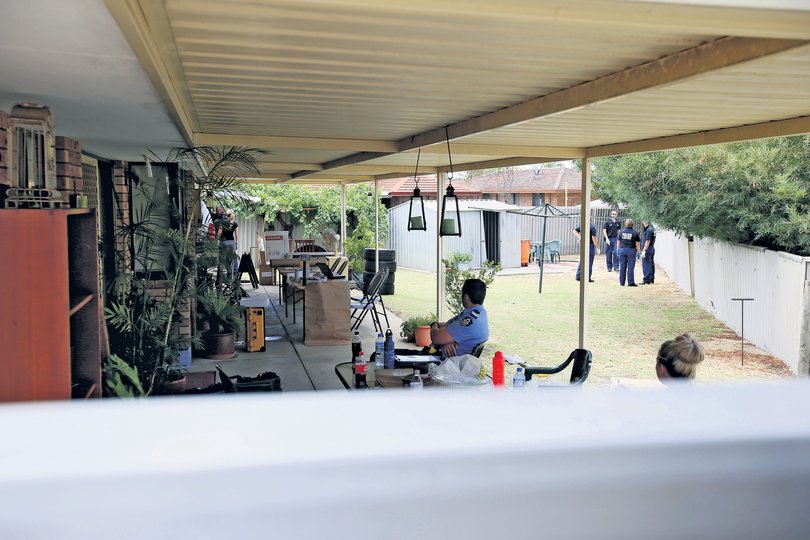Bradley Edwards: The moment police knew Claremont killer was home - and the undercover way they found out

An extraordinary insight into how WA Police tricked the Claremont serial killer just before his arrest has been revealed by one of the elite cops who broke through his front door to trap him.
The tense moments outside Bradley Edwards’ home and a last-minute tactical decision to covertly confirm he was inside have been detailed for the first time.
On December 22, 2016, the hunt for the killer of Sarah Spiers, Jane Rimmer and Ciara Glennon finally brought police to the doorstep of a dilapidated home in Kewdale, where Edwards lived.
Sign up to The Nightly's newsletters.
Get the first look at the digital newspaper, curated daily stories and breaking headlines delivered to your inbox.
By continuing you agree to our Terms and Privacy Policy.Because of the critical nature of the arrest, the heavily armed Tactical Response Group — trained to deal with riots, active shooters, and potential terror attacks — were involved in the sting.
And Todd Bowler was part of the TRG, having been in the force for over 20 years.
But first, they had to be sure Edwards was inside. Having watched from daybreak and seen no movement, a crafty call was made.
“We ended up coming up with a plan where we got a covert surveillance guy to go and knock on the door of his house — and Bradley Edwards answered the front door,” Mr Bowler recalls.
“The covert guy basically said: ‘I just saw some kids mucking around with the car at the front. You might want to check it out’.
“Bradley Edwards said: ‘Yeah, thanks for the heads up’, went out, checked his car doors and things, and returned inside the house.
“Within a couple of minutes from there, we got our team sorted, and we rolled in.”


Mr Bowler’s role was to secure entry. And this time, police would not be knocking.
“I bashed through the front door, and it went like a saloon door,” Mr Bowler told the Crime Insiders podcast.
“The top half has smashed open, and the bottom half stayed. I ended up kind of dismantling it into little pieces of wood.
“We got through there pretty quickly and then grabbed him at gunpoint.”

It had already been an extraordinary morning. But Mr Bowler said there was one more surprise to come.
“I’ve never seen this before — particularly from someone with no record criminal record,” he said.
“But he sat down on the carpet for probably four or five minutes, stood over him with guns, just making sure he didn’t get up to anything.
“And then he just stuck his head up and said: ‘So what’s this all about then.’
“His pulse was probably like 40-50 (beats per minute) at that point — for a guy who’d never been arrested, now being taken out by TRG.
“He was very calm and very peculiar in that way.”

That was the way Edwards presented through the entire seven-month trial and when he was convicted of the murders of Jane Rimmer and Ciara Glennon.
Bowler knew the case well, having been a rookie cop patrolling Claremont during the feverish fear stoked by the disappearance of the three young girls in the mid-90s.
“We would often be tasked with driving around Claremont looking at cars,” Mr Bowler said.
“Even though two girls had mysteriously disappeared off the streets, there were still girls that would walk home at 2am 3am in the morning alone, wandering through back streets.
“So we would take the time to follow them, make sure they get home or if necessary give them a lift somewhere if they’re going a bit further. So dealing with that fear factor.
“Which is why it was even more baffling — with all that going on and all the police cars driving around — that the third girl went missing.
“At the time — and we thought at the time that this guy was a genius – maybe somehow he got some inside knowledge, or he had done something special.
“It ended up, I think he was very lucky with getting away with it.”
We didn’t want any resistance, nothing he could use in court to say ‘they made me admit to certain things’ because of the force that had to be used.
Edwards had got away with it for more than two decades.
But a series of DNA breakthroughs — emanating from a minuscule sample taken from that third victim, Ciara Glennon — led detectives to pinpoint him in late 2016.
Which is when resources swooped to surveil his every move.
“One of the biggest things towards the end of this case was that no evidence got destroyed by the main suspect, who was Bradley Edwards,” Mr Bowler said.

“Detectives started getting pulled from different areas, and the case went from a steady 23-year investigation to full speed.
“We got a heads up with a couple of days to go, but we didn’t really get a lot of information. Then, on the day, the briefing for the job basically involved taking out Edwards, ideally in his home.
“And in a way that we’d be able to maintain any evidence he might have and not cause any problems.
“We didn’t want any resistance, nothing he could use in court to say ‘they made me admit to certain things’ because of the force that had to be used.”

Edwards was acquitted of the murder of Sarah Spiers, which remains an open case. He was jailed for a minimum of 40 years.
“To be able to see that case from start to finish — and that was shortly before I left the police — was pretty awesome,” Mr Bowler said.
“But still sad for the families and one of the girls who’s never been found in particular.
“I have no doubt he was the guy. The DNA evidence was all there, so I’m glad he’s gone for good.”
